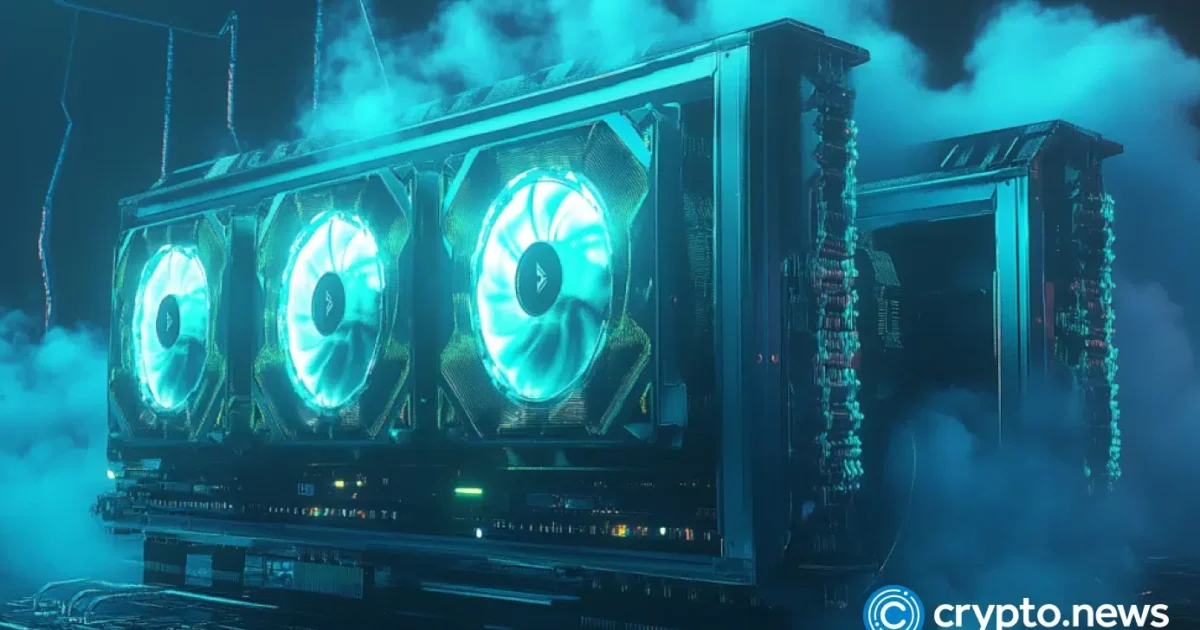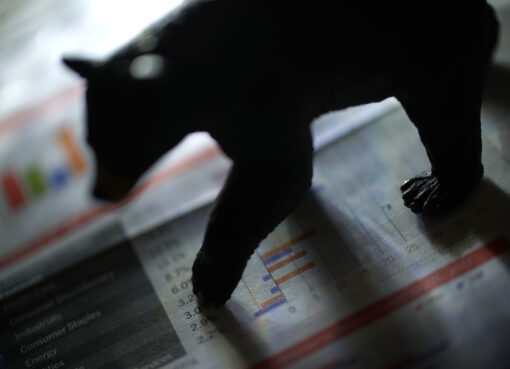TeraWulf deliberately powered down bitcoin mining rigs this quarter to redirect energy toward high-performance computing, or HPC, joining a wave of blockchain firms betting their future on artificial intelligence.
Summary
- TeraWulf is the latest crypto miner that pivoted to AI compute
- Riot, CleanSpark, and Galaxy Digital among of the miners that also pivoted
- AI is creating increasing demand for high-performance compute
- Increased difficulty and rising costs are making Bitcoin mining less profitable
Mining profitability is prompting Bitcoin miners to seek new opportunities. On Tuesday, November 11, TeraWulf’s financials revealed a deliberate shift away from mining and toward high-margin AI infrastructure.
The firm’s Q3 financials show that TeraWulf mined fewer bitcoin and production fell short of estimates, with only 377 BTC mined versus the 438 that analysts expected.
That underperformance was entirely intentional. Uptime dropped to 70%, and the operating hashrate slipped to 8.5 EH. Instead of mining Bitcoin, the firm took its mining rigs offline to allocate energy toward high-performance computing. Mining revenue was below the forecast of $43.4 million, but the firm earned $7.2 million in its first quarter of operations.
Bitcoin mining ‘takes a backseat’
According to Rosenblatt analyst Chris Brendler, TeraWulf “is not only prioritizing HPC in its growth plans but now also in current operations as Bitcoin mining takes a backseat.”
During the third quarter, TeraWulf began shifting power capacity toward HPC initiatives “at the expense of mining,” he noted in a Nov. 11 research note.
TeraWulf isn’t alone. Several crypto miners are now pivoting to HPC, which is increasingly powering AI workloads and data. Other firms that partially pivoted from Bitcoin mining to AI include Riot, CleanSpark, and Galaxy Digital.
Artificial intelligence demands both high-end computing and energy, which are rising at an unprecedented level. Namely, AI’s demand for computational resources doubles every year. Notably, this also means that gains in chip efficiency can’t keep up with AI’s demand for chips.
At the same time, Bitcoin miners are seeing decreased profits from mining, due to higher mining difficulty, declining Bitcoin price, and rising cost of energy. Namely, in October, despite a record hash-rate, daily revenue fell 7%, from $52,000 to $48,000 per exahash per second.
This doesn’t mean TeraWulf is quitting Bitcoin cold turkey.
“Growing HPC operations remains the priority, but Bitcoin mining operations will likely continue through the end of 2026,” according to Needham analysts John Todaro and Austin Ortiz in a Nov. 11 research note.
Needham’s Todaro and Ortiz also cut their fourth-quarter 2025 and 2026 estimates for TeraWulf after the company converts sites to HPC capacity. The firm also trimmed its average bitcoin price estimate for the fourth quarter of 2025 to $105,000 per coin.
“We reaffirm the cadence of our HPC estimates,” they wrote in a note to clients, maintaining a buy rating and a $21 price target on the stock.
At last check, TeraWulf was trading at around $12 per share, down over 16%.




